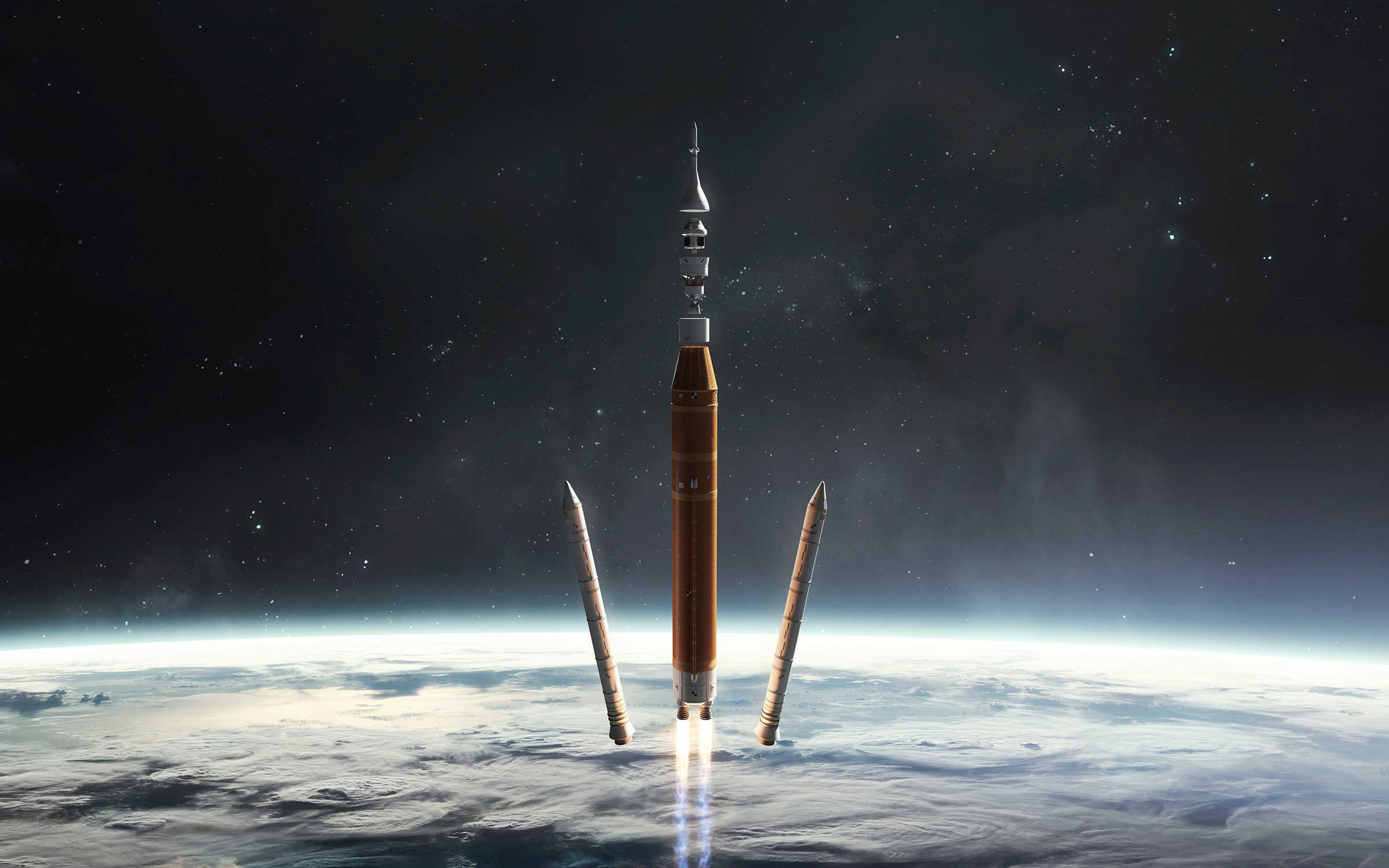Scientists working with NASA and Ohio State University have created a new super alloy that is stronger and more durable than any current state-of-the-art 3D-printed alloy. The material, called GRX-180, may help create parts for future spacecraft.
“This superalloy has the potential to dramatically improve the strength and toughness of components and parts used in aviation and space exploration,” Dr. Tim Smith, lead author of the study and a researcher at NASA’s Glenn Research Center in Cleveland, explained in a statement.
NASA’s new super alloy was created by using time-saving computer modeling, as well as 3D printing, which allowed the researchers to fuse different metals together layer by layer. This makes GRX-180 what the researchers call an oxide dispersion alloy.

Essentially, that means that various tiny particles of oxygen atoms are strewn throughout the layers, creating an enhancement that strengthens the metal. These particles thereby allow the material to heat up to incredibly high temperatures before they reach a breaking point.
Having such a powerful and durable type of super alloy is important to space agencies like NASA, where rocket boosters and other parts of spacecraft often require those parts to reach insane temperatures while still maintaining their strength. We’ve already seen other super-strong alloys being created, so it will be intriguing to see what NASA does with this one.
Still, the development of this new super alloy is promising because it could make creating more durable spacecraft parts for future missions much easier. Additionally, it could lessen the likelihood of those same parts breaking when they reach intense heat temperatures while entering or exiting the atmosphere.
The development of this new material, as well as how the researchers have tested it thus far, is featured in a study they published in the journal Nature. It’s unknown when we might see NASA using this super alloy in spacecraft.








